Jaundice is a warning sign of some liver diseases such as fatty liver, cirrhosis, hepatitis or other conditions such as pancreatic disorders, congestive liver.
Dr. Vu Truong Khanh, Head of the Department of Gastroenterology, Tam Anh General Hospital, Hanoi, said that sudden jaundice is often a condition in which a yellow-brown pigment (bilirubin) accumulates in the blood. Bilirubin is a product of the breakdown of red blood cells, and usually passes through the liver for excretion. In people with liver disease, the excretion process does not occur, causing bilirubin to accumulate, leading to jaundice and yellow eyes.
Some other diseases such as gallstones, side effects of drugs, genetic disorders, heart disease can increase bilirubin levels causing jaundice.
Hepatitis: This is an inflammation of the liver that affects the absorption and excretion of bilirubin, causing the skin to turn yellow. It can be acute (sudden and severe) or chronic (persistent and possibly lifelong).
Hepatitis can be caused by hepatitis viruses A, B, C, D, and E. Non-viral causes of hepatitis include drugs, alcohol, non-alcoholic steatohepatitis, liver disease due to disorders of iron or copper metabolism, and autoimmune diseases.

Jaundice can be caused by many factors such as liver disease, medication or other medical conditions. Photo: Freepik
Cirrhosis: Occurs when extensive scarring (fibrosis) in the liver reduces the organ's ability to function. Some causes of chronic hepatitis that can lead to cirrhosis include hepatitis B, C, D, excessive alcohol use, excessive fat accumulation in the liver, gallstones, autoimmune hepatitis...
Compensated cirrhosis occurs when the liver is damaged but still functions. Decompensated cirrhosis occurs when the liver can no longer function properly, leading to jaundice and other serious symptoms. Decompensated cirrhosis often leads to liver failure and liver cancer.
Fatty liver disease: A condition in which excess fat accumulates in the liver, causing inflammation and fibrosis. Symptoms develop as the percentage of fat in the liver increases along with the area of liver damage. Non-alcoholic fatty liver disease can progress to hepatitis, leading to symptoms of pain in the liver area and jaundice.
Biliary obstruction: Bilirubin leaves the liver and binds with bile (secreted by the gallbladder), passes through ducts connected to the pancreas, and flows into the small intestine for excretion. If the bile duct is blocked, bilirubin cannot be eliminated from the body and can easily accumulate in the blood.
Other causes of biliary obstruction such as bile duct cancer, bile duct cysts, cholangitis, and complications of gallbladder surgery also lead to jaundice.
Pancreatic disorders: The pancreas is connected to the gallbladder through the pancreatic duct, which connects to the larger common bile duct. The pancreas is part of the biliary system, producing enzymes that help digest food, especially protein. Diseases that affect the pancreas can easily block the common bile duct and reduce the normal flow of bilirubin to the small intestine. Pancreatic disorders can include acute or chronic pancreatitis (inflammation of the pancreas), benign tumors or cysts, and pancreatic cancer.
Congestive liver disease: In people with congestive liver disease, reduced blood flow to the liver affects blood flow out of the liver, leading to blood stasis and congestion in the organ. The congestion causes inflammation, affecting the absorption and excretion of bilirubin from the liver, causing abdominal pain and mild jaundice.
Side effects of medications: This is also a cause of sudden yellowing of the skin. Some medications can lead to liver toxicity and inflammation if used in excess or taken with alcohol.
Jaundice due to hemolysis: Often occurs in people with congenital hemolytic anemia. According to Dr. Khanh, jaundice is not only caused by diseases of the digestive system but can also be caused by rare genetic conditions that cause hyperbilirubinemia such as Gilbert syndrome, Crigler-Najjar syndrome, Rotor syndrome. In some rare cases, congestive heart failure can cause mild jaundice.
Non-bilirubin jaundice: People who eat a lot of foods rich in carotene such as carrots, papaya, mango, apricot... may have abnormal yellow skin. Beta carotene is a precursor of vitamin A in the blood, leading to temporary yellow skin. This is not a disease and can be cured by adjusting the diet.
Dr. Khanh said the degree of jaundice can vary depending on the disease. Mild cases often cause the skin to turn slightly yellow. In severe cases, the eyes and skin turn bright yellow, accompanied by symptoms such as fatigue, upper abdominal pain, and pale stools. You need to see a doctor for diagnosis and timely treatment.
Emerald
| Readers ask questions about digestive diseases here for doctors to answer |
Source link


![[Photo] The two Prime Ministers witnessed the signing ceremony of cooperation documents between Vietnam and Ethiopia.](https://vstatic.vietnam.vn/vietnam/resource/IMAGE/2025/4/15/16e350289aec4a6ea74b93ee396ada21)
![[Photo] Prime Minister Pham Minh Chinh holds talks with Ethiopian Prime Minister Abiy Ahmed Ali](https://vstatic.vietnam.vn/vietnam/resource/IMAGE/2025/4/15/4f7ba52301694c32aac39eab11cf70a4)
![[Photo] General Secretary To Lam receives Ethiopian Prime Minister Abiy Ahmed Ali](https://vstatic.vietnam.vn/vietnam/resource/IMAGE/2025/4/15/086fa862ad6d4c8ca337d57208555715)
![[Photo] Welcoming ceremony for Prime Minister of the Federal Democratic Republic of Ethiopia Abiy Ahmed Ali and his wife](https://vstatic.vietnam.vn/vietnam/resource/IMAGE/2025/4/15/77c08dcbe52c42e2ac01c322fe86e78b)
![[Photo] National Assembly Chairman Tran Thanh Man attends the summary of the organization of the Conference of the Executive Committee of the Francophone Parliamentary Union](https://vstatic.vietnam.vn/vietnam/resource/IMAGE/2025/4/15/fe022fef73d0431ab6cfc1570af598ac)





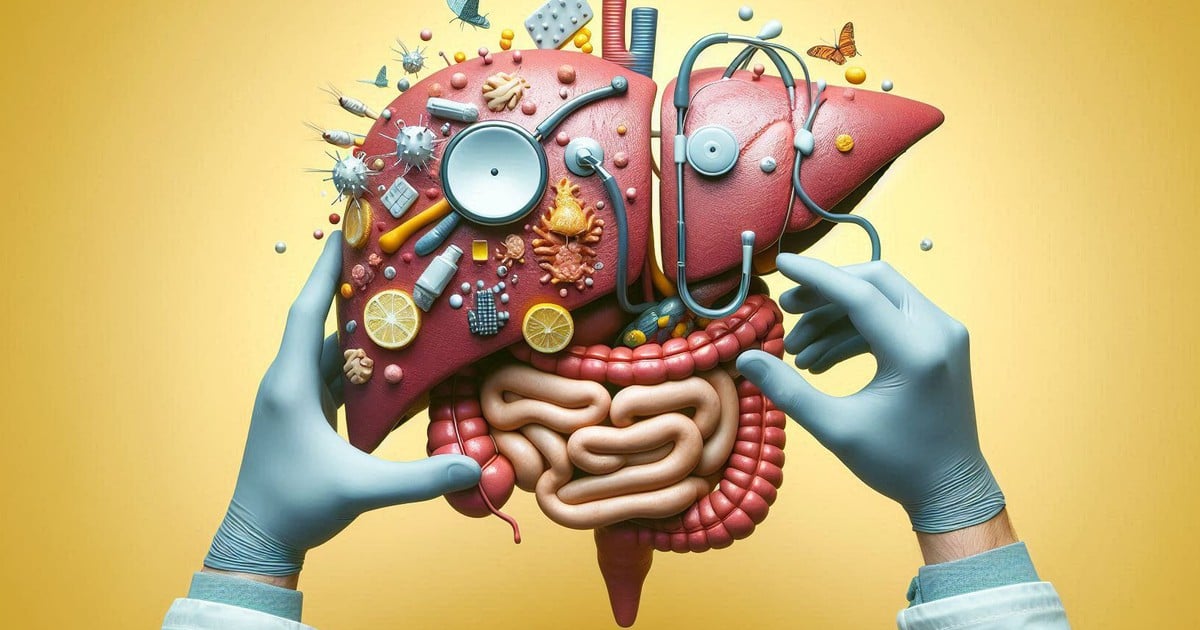


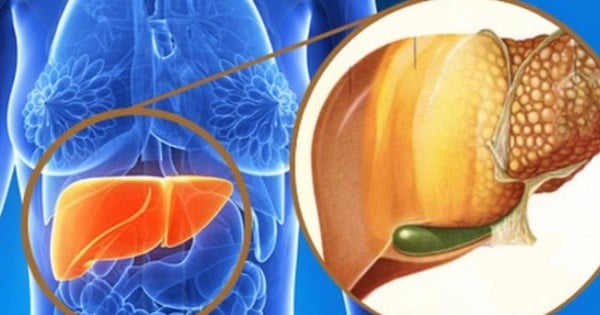





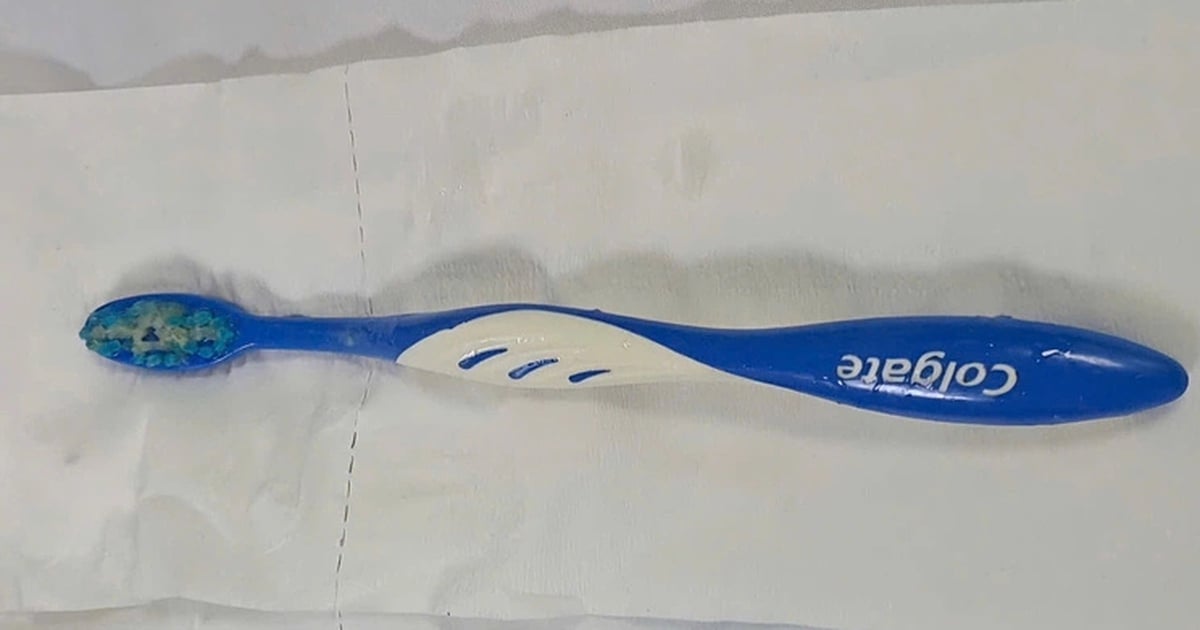
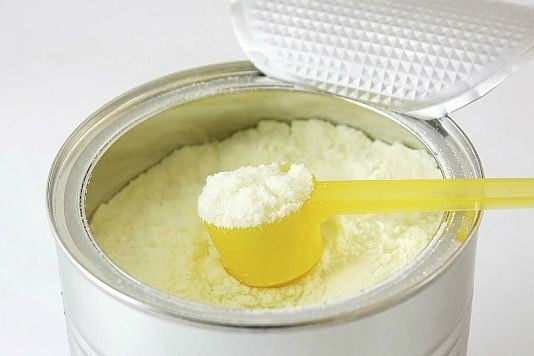





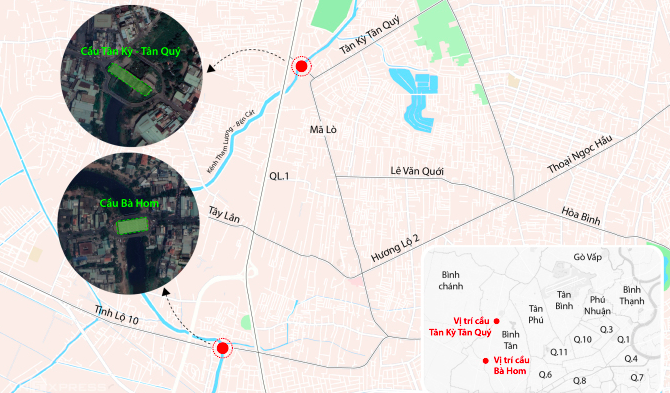


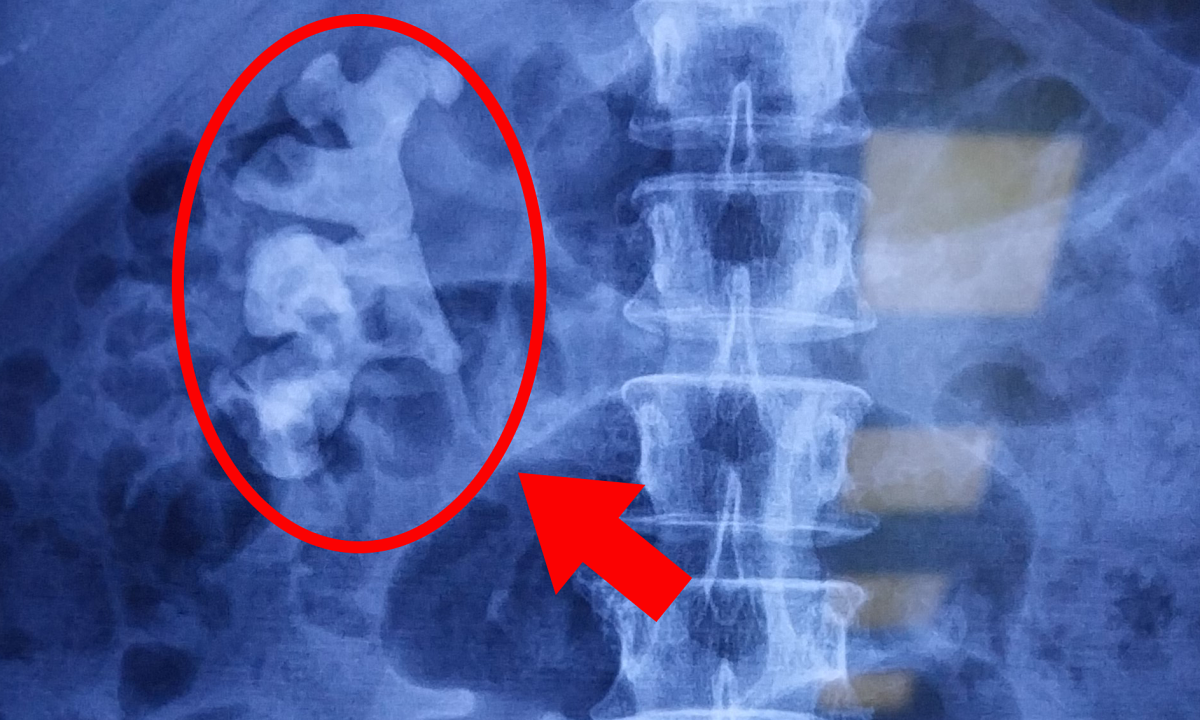

![[Photo] General Secretary To Lam meets with veteran revolutionary cadres, meritorious people, and exemplary policy families](https://vstatic.vietnam.vn/vietnam/resource/IMAGE/2025/4/15/7363ba75eb3c4a9e8241b65163176f63)




























































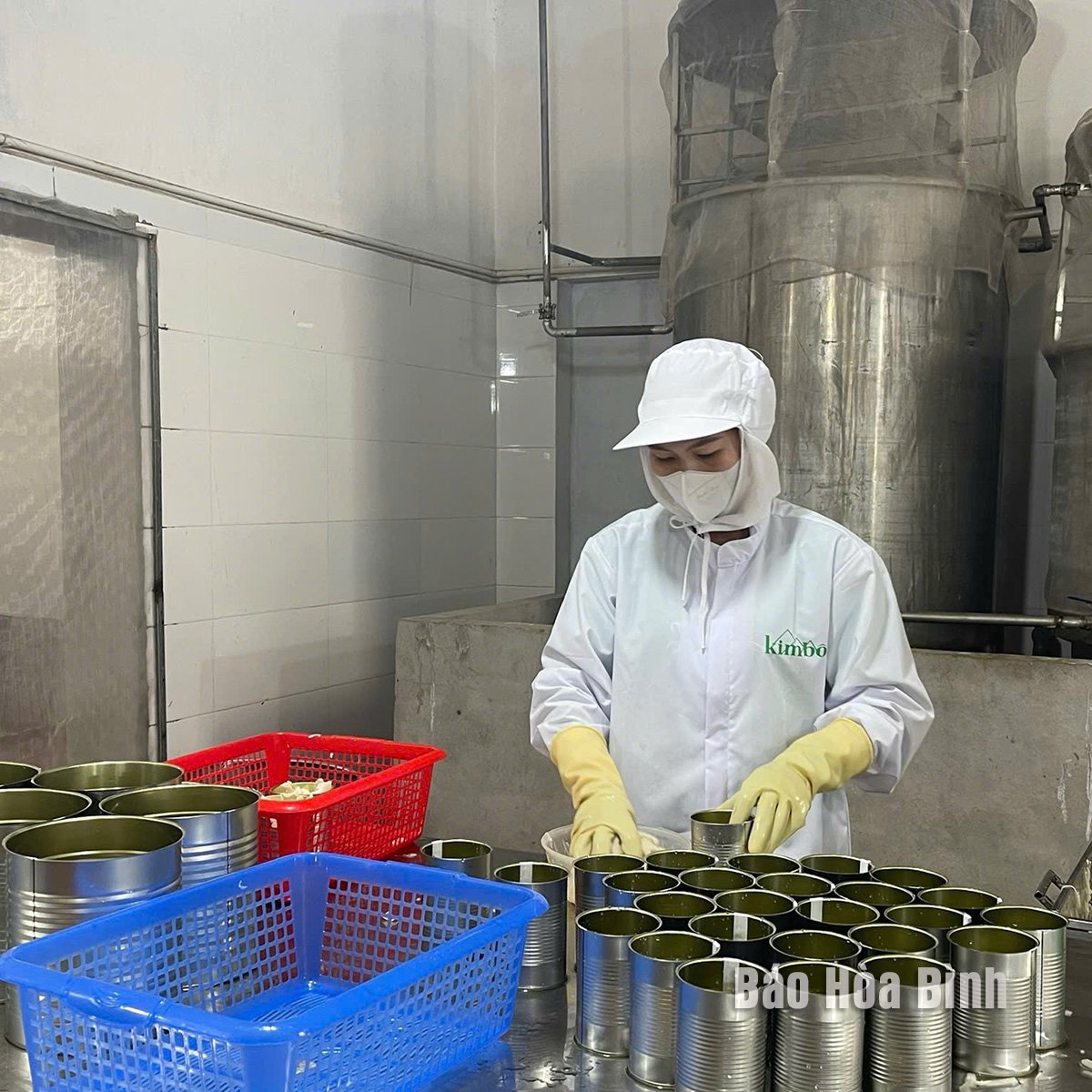

Comment (0)